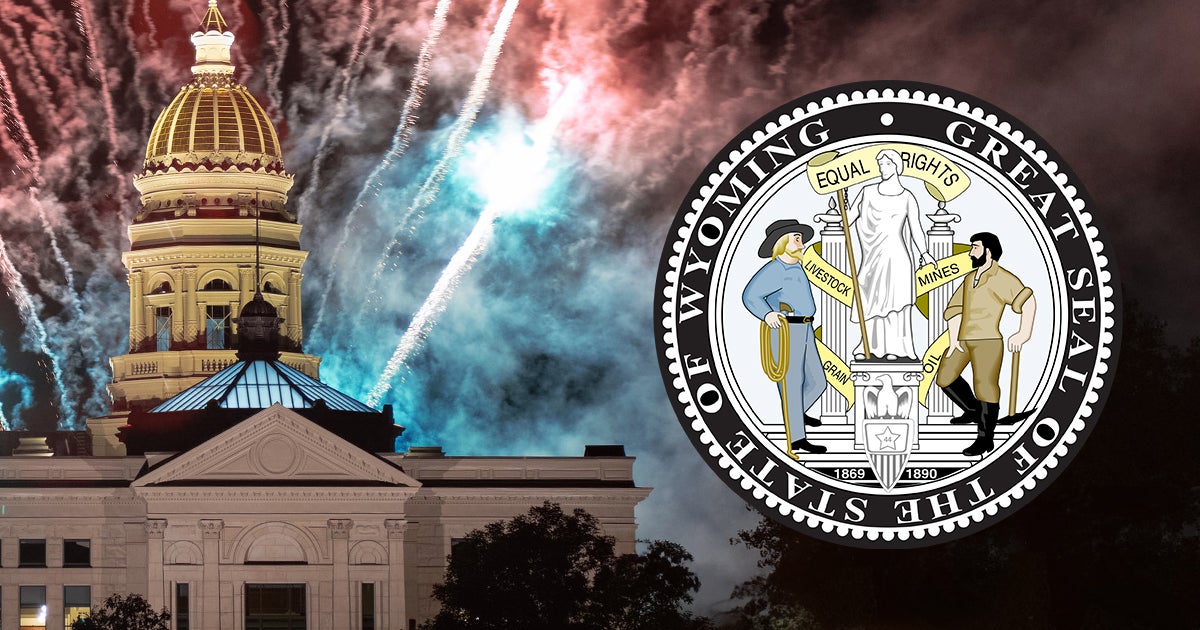
by Trey Dimsdale • 3 minutes
Gov. Mark Gordon recently signed House Bill 207 into law, making Wyoming the 29th state to enact a Religious Freedom Restoration Act.
Important laws such as this one are being passed thanks to First Liberty’s Center for Religion, Culture & Democracy (CRCD) and the impact of the Religious Liberty in the States (RLS) project.
In 2021, the CRCD set out to accomplish an ambitious goal: gather data on the religious freedom laws in all fifty states, compile a database of all those laws, and then rank the states according to how well each protects the free exercise rights of its citizens. In 2022, the first edition of the RLS project was published.
In just a few months the fourth edition of the rankings and database will emerge from the rigorous review process and be released. Religious Liberty in the States 2025 considers 47 distinct ways states may protect religious liberty, but some of them are more important than others.
According to Dr. Mark David Hall, Director of RLS, “the single most important protection we consider and advocate for is a state Religious Freedom Restoration Act (RFRA).”
Modeled after the national RFRA passed in 1993, these laws require that government actions that burden a religious practice be justified by a compelling state interest and pursued in the least restrictive manner possible. No single statute does a better job of protecting our first freedom.
Since RLS began, North Dakota (2023), West Virginia (2023), Iowa (2024), Utah (2024) and Wyoming (2025) have passed Religious Freedom Restoration Acts. Additionally, more than a dozen laws have been passed across the nation that are traceable to the awareness brought by the RLS project.
When RLS was published, many state legislators across the nation became alarmed to see just how vulnerable their citizens were to attacks on their religious freedom and resolved to do something about it. State legislators and activists began and continue to regularly reach out to the CRCD team to ask for guidance about how to raise their state’s rankings through new religious freedom laws. We inform legislators about protections their states lack and ways that their states could improve, pointing out existing statutes that they might adopt for their state.
The story of Wyoming’s RFRA began in 2022 when one of the CRCD’s alumni landed a coveted internship with one of Wyoming’s most powerful legislators. When the RLS was released, he connected his boss with me and invited me to travel to Cheyenne to meet with him and a colleague so that I could help them to understand what a RFRA would mean for their state.
The CRCD and RLS team showed him examples of state RFRAs that they could adopt in their state. The RLS website has links to every state law we consider. Unfortunately, attempts to pass the bill were thwarted until this year. Wyoming House Bill 207 landed on Governor Mark Gordon’s desk on March 6 and was signed into law. It will go into effect on July 1.
Dr. Hall also recently had the opportunity to share about the virtues of RFRAs to Dayton, Ohio’s chapter of the Federalist Society. In the audience was a state legislator who intends to introduce a RFRA bill in the Buckeye State. We were able to provide him with information and model legislation that will hopefully help Ohio join the roster of states with this important protection.
“When federal laws are considered in court, RFRA guarantees that the government has explored every avenue to accomplish its goals without infringing on the free exercise rights of citizens,” according to First Liberty’s chief legal officer Jeff Mateer. “Now, because of First Liberty’s investment in this very unique project, the people of Wyoming can expect the same high standard with regard to the areas of life regulated by state law, too.”
Wyoming’s passage of RFRA is a tremendous win for the free exercise of religion. Even still, many other states have a long way to go. The good news is that the legal landscape looks better now than at any point in the last 50 years, and states that lack a RFRA have a prime opportunity to take action.
Landmark decisions such as Kennedy v. Bremerton School District and Groff v. DeJoy interpreted constitutional and statutory religious liberty protections in a more robust manner. That means states are free to do much more to protect their citizens especially in the areas exclusively or predominantly regulated by state law like marriage, professional licensing and education.
Wyoming has taken a major step in the right direction to protect religious freedom for its citizens. And given the seismic shift that’s taking place in religious freedom law, more states can follow its example.